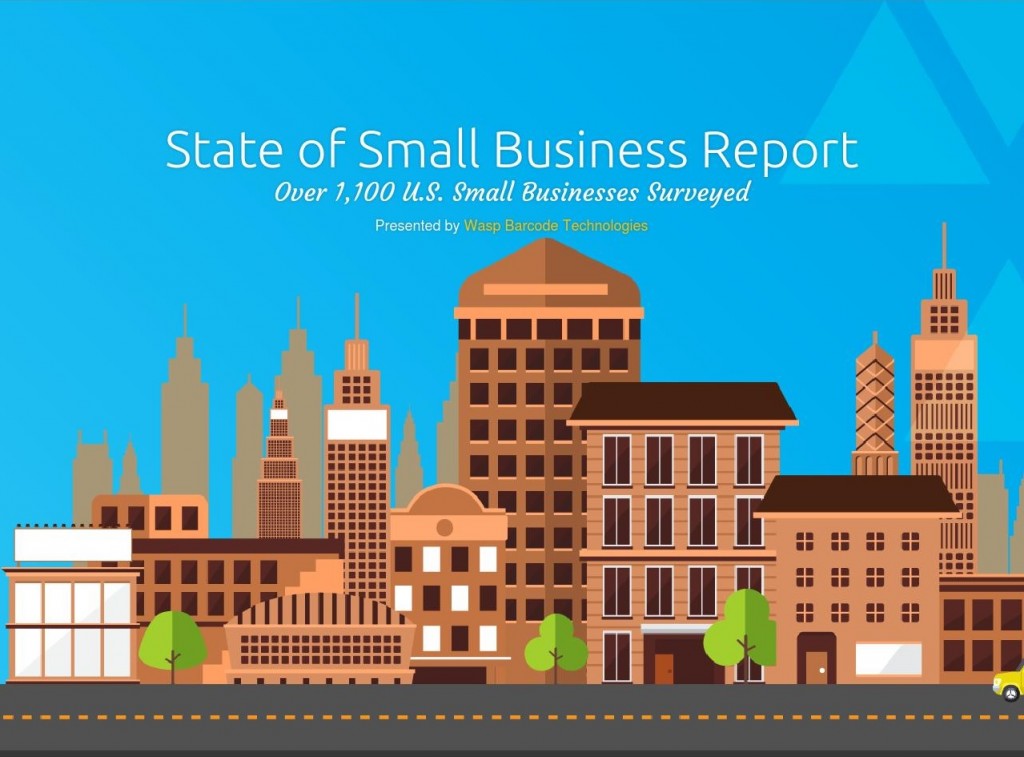Running a small business can be tough. It can also be tough to find industry-wide metrics specific to small and medium-sized businesses.
The 2016 State of Small Business Report uses information from over 1,000 small business owners and managers to reveal trends involving everything from expected growth and opinions on the government to trends in marketing and technology tools.
Here’s a look at some of the trends, concerns and expectations of small business owners in 2016:
1) Small business leaders have less confidence in the economy.
While overall confidence remains high, the 2016 State of Small Business Report shows that small businesses as a whole are slightly less confident in the economy than they were in 2015.
- Twenty-five percent say they’re less confident in the year ahead—compared to 21 percent in 2015.
- Only 44 say their confidence for 2016 is higher than the year before—compared to 47 percent in 2015.
2) Hiring presents a challenge for small businesses in 2016.
Small businesses cited hiring new employees as one of their top challenges for 2016, tied with employee healthcare.
- Fifty percent of U.S. small businesses plan to hire new employees this year, up from 38 percent in 2015.
- Fifty percent expect hiring to be one of their biggest challenges in 2016.
This concern may be due the stress of finding the right people to fill open positions. According to the November 2015 NFIB Small Business Jobs Report, 85 percent say of small business leaders say can’t find enough qualified applicants.
3) Employee healthcare also presents a challenge in 2016.
Small business owners say employee healthcare will be a bigger challenge for them in 2016 than in 2015.
- Forty-three percent cite employee healthcare as one of their biggest challenges in 2016—compared to 29 percent in 2015.
Starting in 2016, employers with 50-99 full-time employees are mandated to offer health insurance or pay a penalty, the same mandate that was rolled out in 2015 for businesses with 100 or more fulltime employees. For business leaders with 50-99 employees, this legislation likely played a role in concerns about employee healthcare in 2016. Forty-six percent of small business leaders with 51-100 full time employees cited employee healthcare as a top challenge—slightly higher than the response of small businesses overall.
4) Small businesses aren’t investing much in marketing.
The Small Business Administration recommends small businesses with revenues less than $5 million allocate 7-8 percent of their revenues to marketing (assuming a 10-12 percent margin), however the majority surveyed are spending less than seven percent on marking.
- Twenty-five percent invest 1-3 percent of their revenue in marketing.
- Twenty-nine percent invest 4-6 percent.
- Nine percent don’t invest in marketing at all.
5) Small businesses want a different response from the government.
Overall, small businesses are unhappy with the level of government support and involvement.
- Fifty percent believe that the government doesn’t do enough to support small businesses.
- One in 10 don’t want government involved at all.
Leaders of businesses with 5-10 employees are the most likely to want no government involvement.
6) Inventory and asset information is not up-to-date.
Although Excel or other spreadsheet programs can’t provide up-to-the-minute, real-time inventory tracking data, the majority of small businesses are still using these types of programs, or pen and paper, for inventory control. The report also shows a similar response to asset management.
- Only 16 percent use inventory control software/systems.
- Fifty-six percent still using Excel, pen and paper, or other systems that can’t be updated in real time for inventory tracking.
- Only 17 percent use an asset tracking system to keep up with locations, conditions, values and disposal of company assets.
7) Many small businesses look to outsource creative and technical tasks.
When asked what business needs or tasks small business leaders typically outsource, responses ranged from manufacturing and payroll to accounting services and legal services, however creative and technical tasks were the most common responses.
- Fifty-four percent use outside firms for graphic and web design.
- Forty-four percent outsource tax preparation.
8) Social media use is not universal among small businesses.
Social media—along with email, company website and word-of-mouth/referrals—is one of the top four marketing tools used by small business. However, not all small businesses use social media.
- Thirty-seven percent use designated business accounts for social media outreach.
- One in five small businesses does not use social media.
Find a Home-Based Business to Start-Up >>> Hundreds of Business Listings.

















































